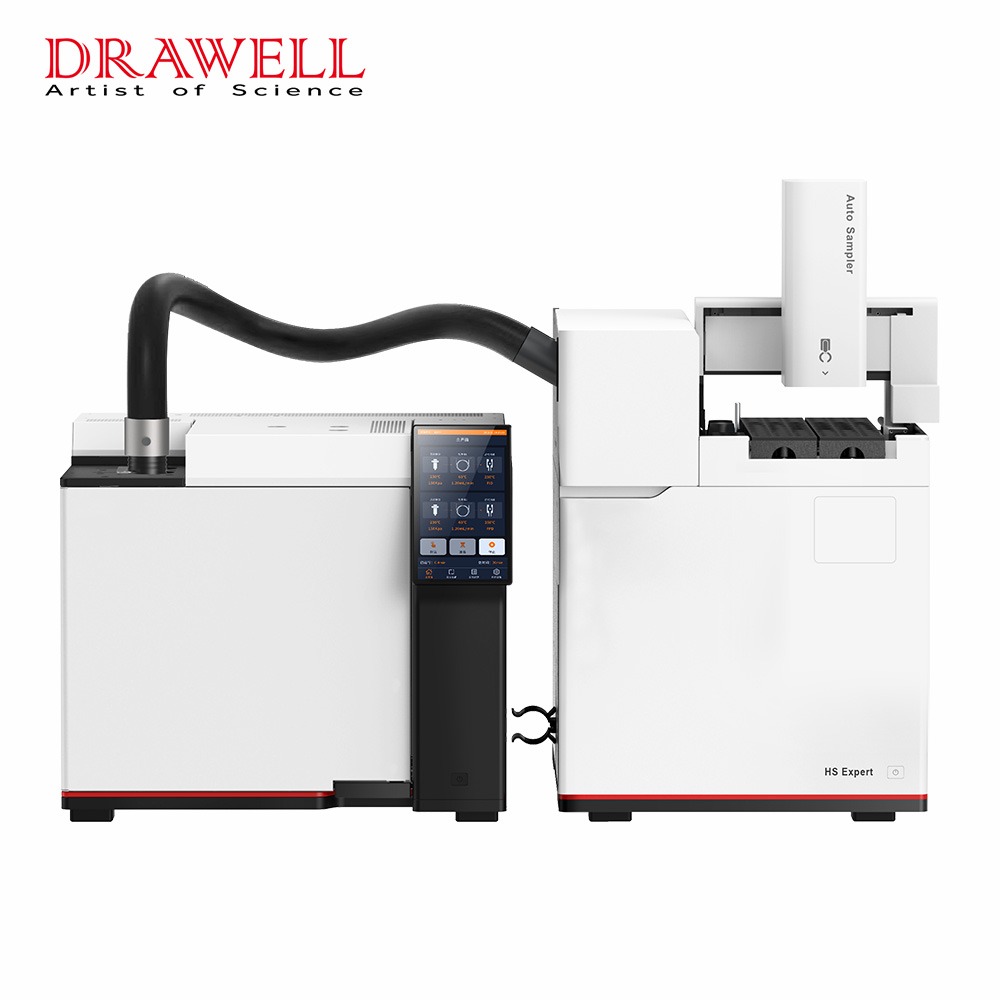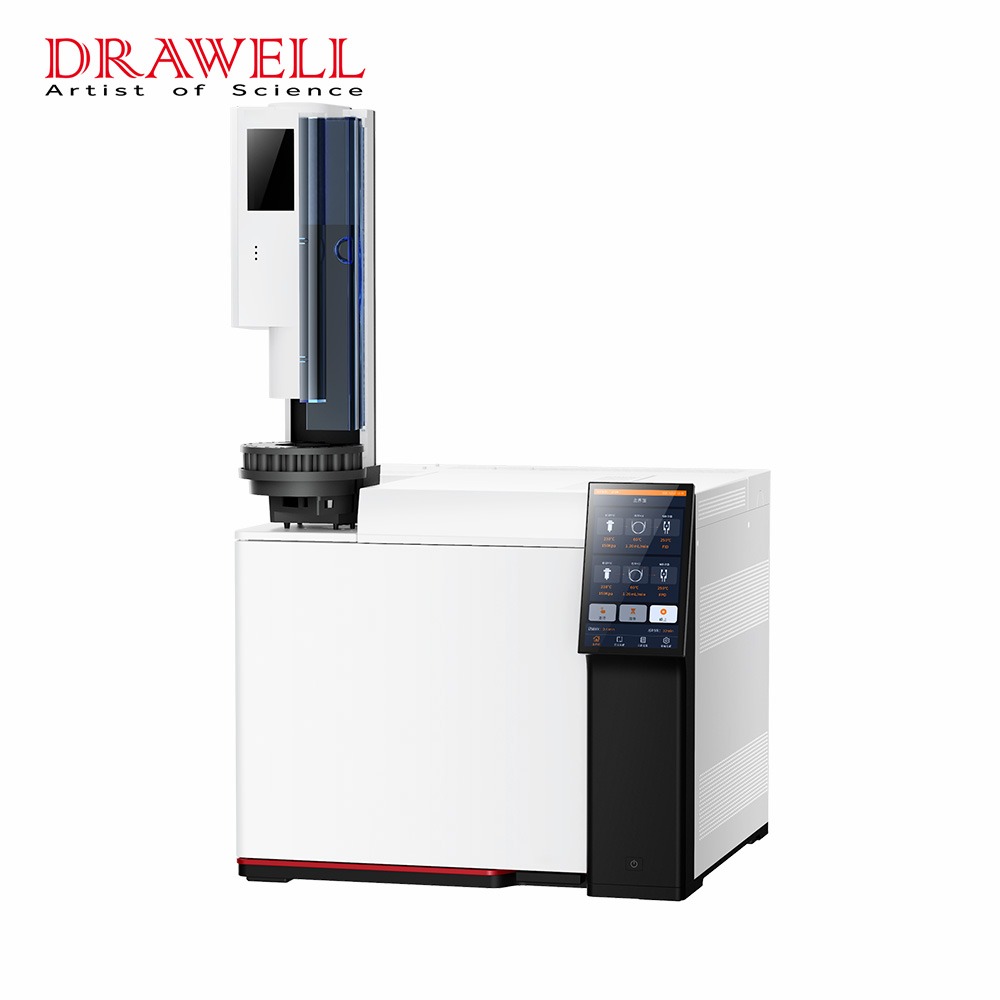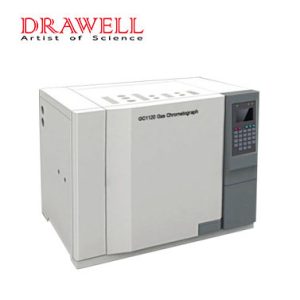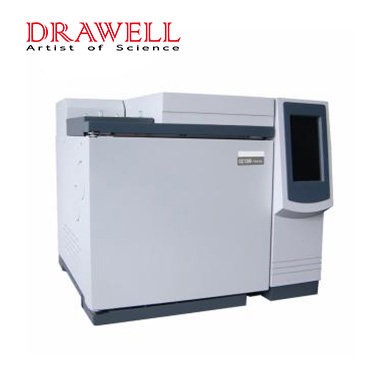In the world of analytical chemistry, precision and accuracy are paramount. Researchers and scientists often find themselves at a crossroads when choosing the most suitable method for their analysis. Two popular techniques that frequently come into play are gas chromatography (GC) and mass spectrometry (MS). Each method offers unique advantages and applications, and selecting the right one for your analysis requires a thorough understanding of their principles and capabilities.
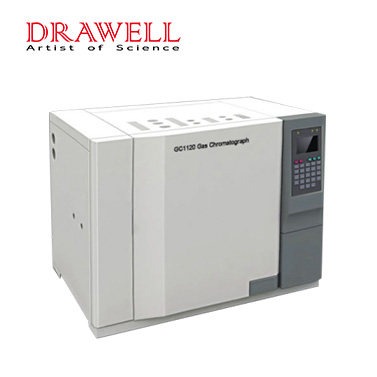
What are Gas Chromatography (GC) and Mass Spectrometry (MS)
What is Gas Chromatography (GC)?
Gas chromatography is a separation technique that excels at separating and quantifying volatile compounds in a complex mixture. It operates on the principle that a sample mixture is injected into a chromatographic column, where it interacts with a mobile phase, usually an inert gas like helium. The components of the mixture then partition between the stationary phase (often a coated column) and the mobile phase based on their chemical properties.
One of the primary strengths of GC is its ability to separate compounds with high precision, making it ideal for applications like environmental analysis, drug testing, and food quality control. It can effectively separate and quantify individual compounds, even when they are present in trace amounts.
GC is also known for its excellent reproducibility, making it a reliable choice for routine analyses where consistent results are crucial. Researchers can confidently use GC to identify and quantify specific compounds, especially when dealing with volatile organic compounds (VOCs) in environmental samples or complex mixtures in petrochemical analysis.
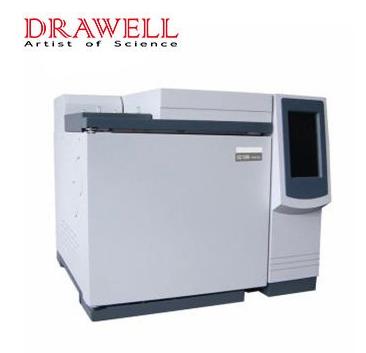
What is Mass Spectrometry (MS)?
Mass spectrometry, on the other hand, is a powerful analytical technique that focuses on the determination of the molecular identity and structure of compounds within a sample. MS works by ionizing molecules and then measuring the mass-to-charge ratio of the resulting ions. This process provides valuable information about the molecular weight, elemental composition, and structural characteristics of the analyte.
MS can be coupled with other separation techniques like gas chromatography (GC-MS) or liquid chromatography (LC-MS), creating hybrid systems that combine the advantages of both separation and mass spectrometry. This versatility allows scientists to tackle a wide range of analytical challenges, from identifying unknown compounds in forensic science to elucidating the structures of pharmaceutical compounds.
The distinguishing feature of MS is its ability to provide high-resolution mass spectra, which can help distinguish between compounds with similar molecular weights but different structures. This capability is crucial in fields like metabolomics and proteomics, where the identification of biomolecules relies on precise molecular characterization.
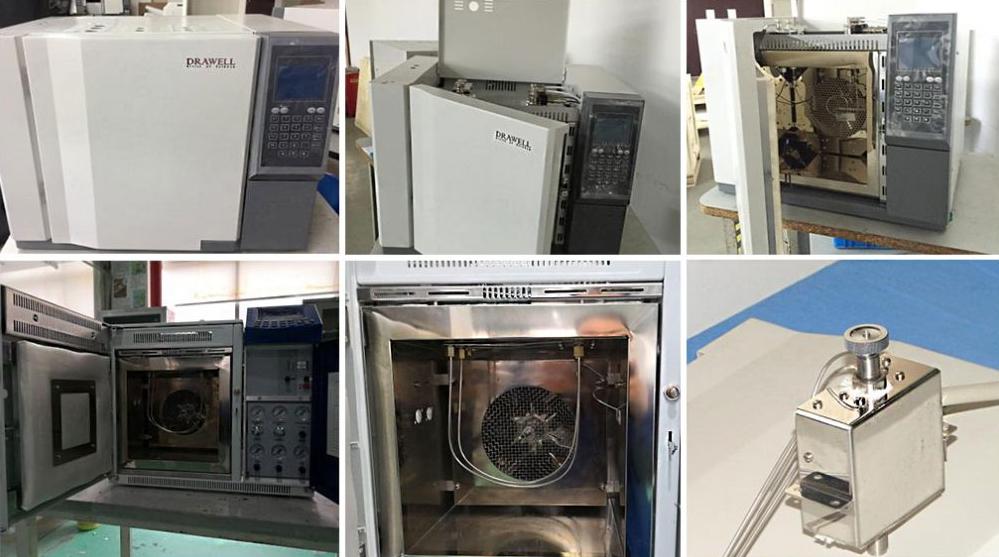
How to Choose Between Gas Chromatography (GC) and Mass Spectrometry (MS)
The choice between GC and MS often hinges on the specific requirements of your analysis, here are the considerations you need to mind before choosing:
- Compound Type: Consider the nature of the compounds you’re analyzing. GC is better suited for volatile and semi-volatile compounds, while MS excels at identifying a wide range of compounds, including non-volatile and thermally labile substances.
- Quantification vs. Identification: If your primary goal is quantification, GC is the go-to choice. It provides accurate and reproducible quantification of individual compounds. In contrast, MS is ideal for compound identification and elucidation of complex structures.
- Sensitivity: If your analysis requires high sensitivity, MS generally has the edge. It can detect compounds at lower concentrations, making it suitable for trace-level analysis.
- Sample Complexity: Consider the complexity of your sample matrix. GC may struggle with complex mixtures, while MS can handle them more effectively, especially when coupled with a separation technique like LC or GC.
- Resolution: If you need high resolution to separate closely related compounds, MS typically provides better results, thanks to its ability to distinguish between compounds with similar molecular weights.
- Budget and Resources: Take into account the availability of instrumentation and budget constraints. MS instruments are often more expensive to purchase and maintain than GC instruments.
Conclusion
In the end, the choice between gas chromatography and mass spectrometry depends on the specific goals of your analysis. GC excels at separation and quantification of volatile compounds, while MS is the go-to choice for compound identification and molecular characterization. The decision may also involve factors such as sensitivity, sample complexity, and budget constraints.
It’s not uncommon for researchers to utilize both techniques in tandem to harness their complementary strengths. Gas chromatography and mass spectrometry are indeed powerful tools in the analytical chemist’s arsenal, offering a broad range of applications across various scientific disciplines. To make an informed decision, it’s crucial to understand the principles and capabilities of each technique and tailor your choice to the unique requirements of your analysis.

